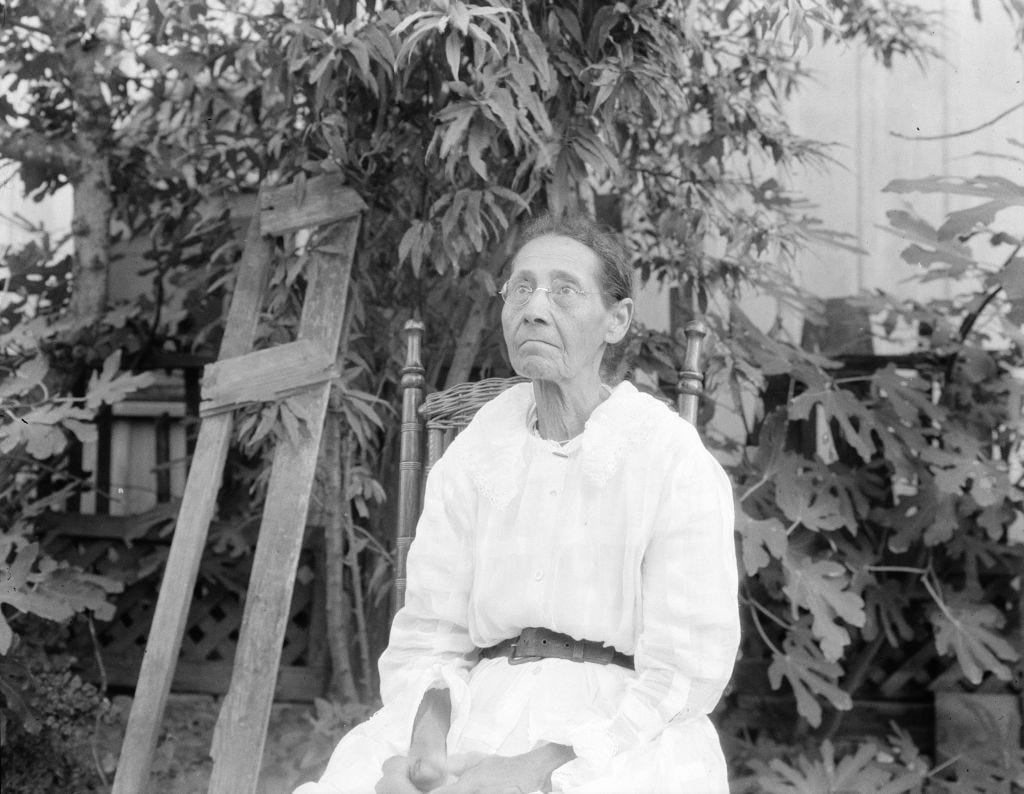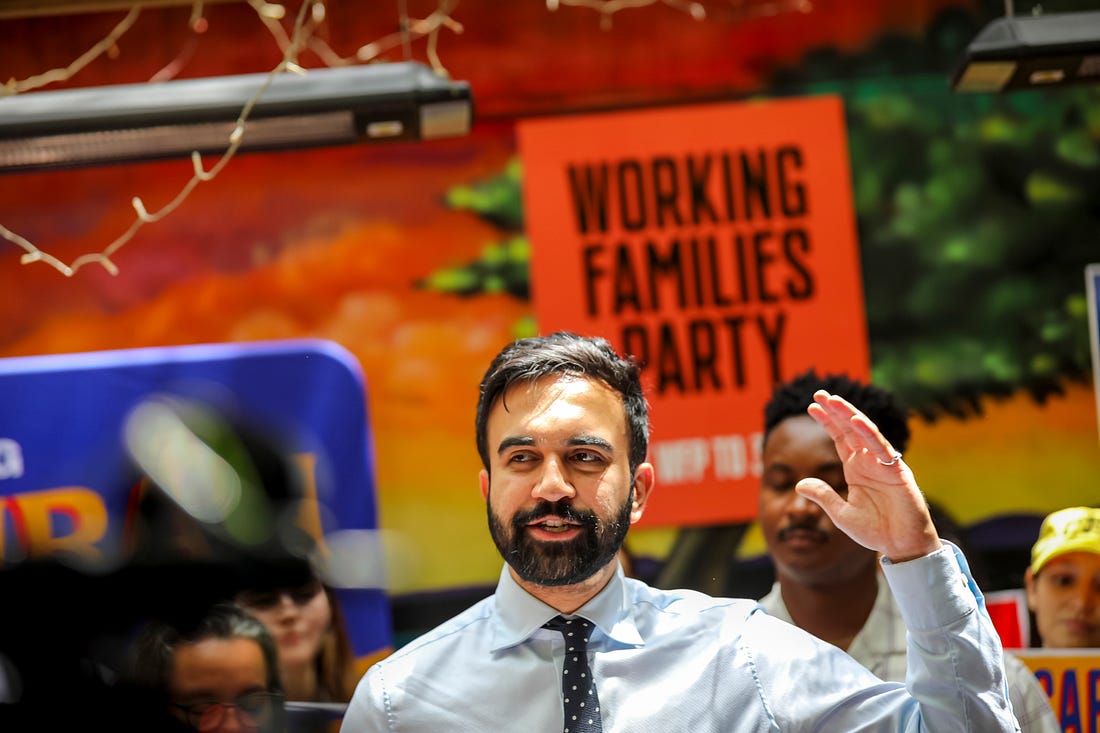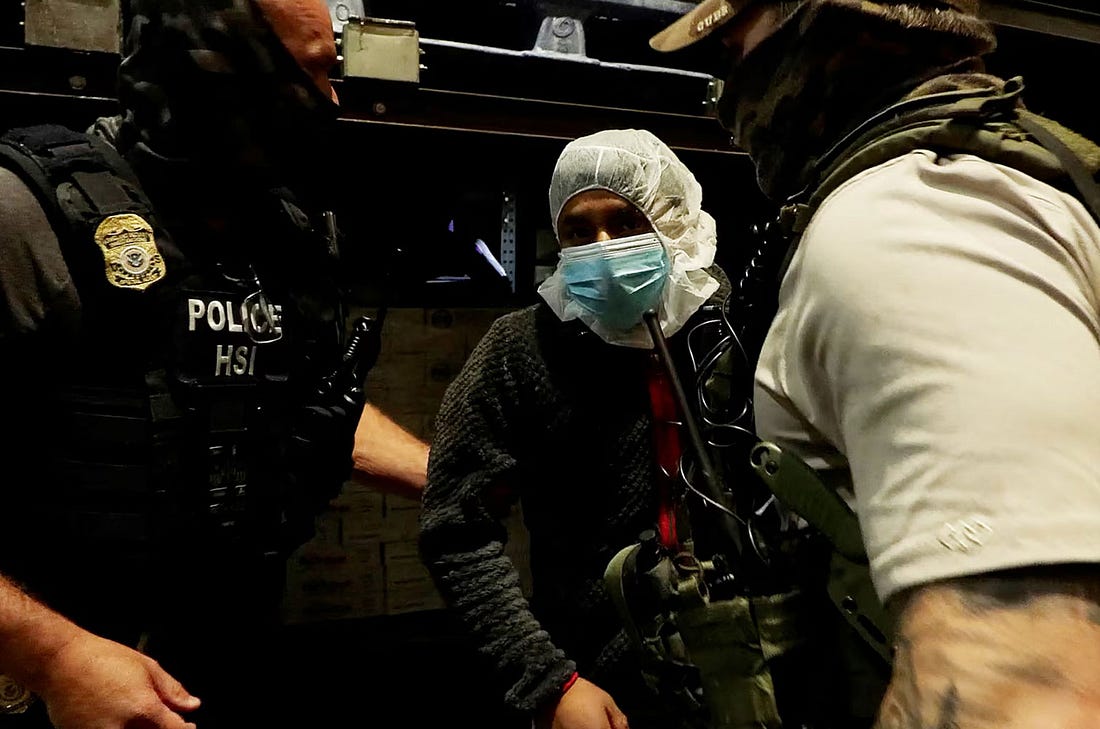 |
| By The Free Press |
It’s Thursday, June 19. This is The Front Page, your daily window into the world of The Free Press—and our take on the world at large. Today: Condi Rice on Juneteenth; business leaders warn of an exodus from New York City; should the U.S. blow up Fordow?; and much more.
But first: How to teach young Americans about slavery.
Today marks Juneteenth, the day when news of the Emancipation Proclamation first reached Galveston, Texas, weeks after the Civil War came to an end in 1865. It’s a moment for Americans to reflect on the legacy of slavery—and, as I argue in my latest piece, a time to reevaluate how we understand that legacy.
I recently taught a University of Austin freshman class on the legacy of slavery. It was an enlightening experience, in large part because I found out how little young Americans know about slavery as a worldwide phenomenon.
In high schools across the country, kids are told that slavery was essentially an American invention. This narrow perspective is doing us no favors as a country. It’s also, as a historical matter, simply incorrect.
We don’t need to minimize the horrors of American slavery to give our young people a sense of how this odious practice existed throughout the world. So today I propose a new way of teaching students about slavery—one that’s actually rooted in historical reality. I hope you give it a read.
—Coleman Hughes









